Donate now to support the LLIFLE projects.
Your support is critical to our success.
Your support is critical to our success.
Accepted Scientific Name: Echinocereus pentalophus subs. procumbens (Engelm.) W.Blum & Mich.Lange
Echinocereus Monogr. (preprint) [7] (1998) W.Blum, Mich.Lange et al.
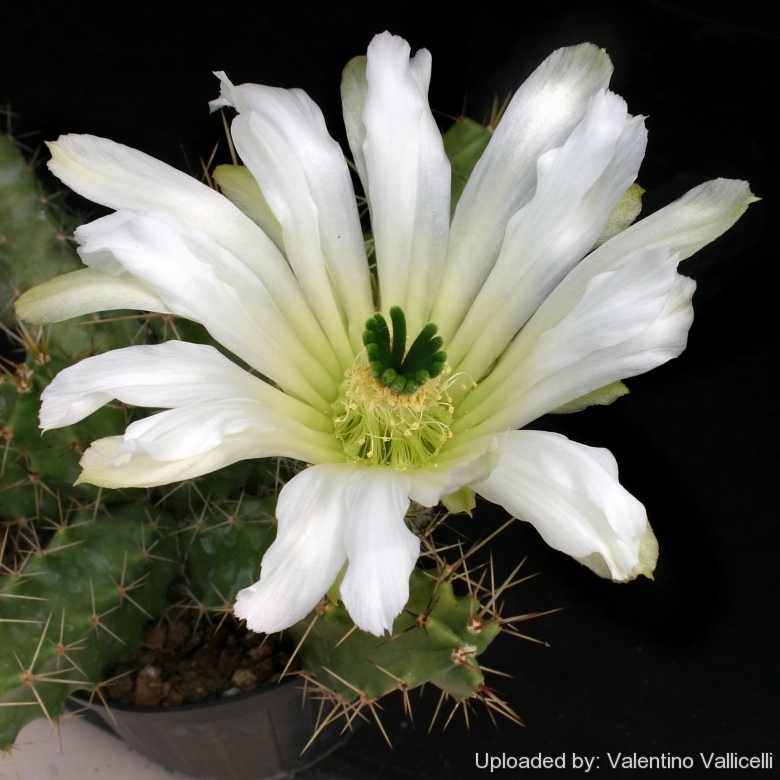
Echinocereus pentalophus var. procumbens f. albiflorus Photo by: Valentino Vallicelli
This is a rare white flowering form found in the wild (Nuevo Leon, Mexico)
This is a rare white flowering form found in the wild (Nuevo Leon, Mexico)
Synonyms:
See all synonyms of Echinocereus pentalophus
back
Accepted name in llifle Database:Echinocereus pentalophus (DC.) H.P.Kelsey & Dayton
Standard. Pl. Names, ed. 2. 71. 1942
Synonymy: 10
- Echinocereus pentalophus (DC.) H.P.Kelsey & Dayton
- Cereus pentalophus DC.
- Cereus pentalophus var. radicans DC.
- Cereus pentalophus var. simplex DC.
- Cereus pentalophus var. subarticulatus DC.
- Echinocereus leptacanthus (DC. ex Salm-Dyck) K.Schum.
- Cereus leptacanthus. DC. ex Salm-Dyck
- Echinocereus pentalophus var. leptacanthus Lem. ex Rümpler
- Echinocereus pentalophus f. cristatus hort.
- Echinocereus pentalophus f. monstruosus hort.
Echinocereus pentalophus subs. leonensis (Mathsson) N.P.Taylor
Cactaceae Consensus Init. 3: 9. 1997
Synonymy: 4
- Echinocereus pentalophus subs. leonensis (Mathsson) N.P.Taylor
- Cereus leonensis (Mathsson) Orcutt
- Echinocereus leonensis Mathsson
- Echinocereus pentalophus var. leonensis (Mathsson) N.P.Taylor
Echinocereus pentalophus subs. procumbens (Engelm.) W.Blum & Mich.Lange
Echinocereus Monogr. (preprint) [7] (1998)
Synonymy: 6
- Echinocereus pentalophus subs. procumbens (Engelm.) W.Blum & Mich.Lange
- Cereus procumbens Engl.
- Echinocereus pentalophus var. procumbens (Engelm.) P.Fourn. in P.Fourn.
- Echinocereus procumbens (Engelm.) Lem.
- Echinocereus pentalophus var. procumbens f. albiflorus hort.
- Echinocereus procumbens var. longispinus Hirscht
back
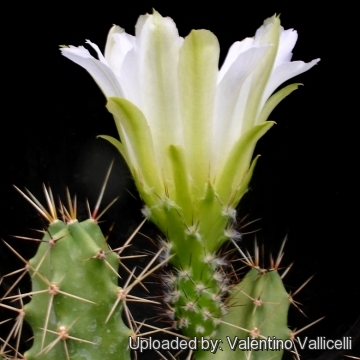
Echinocereus pentalophus var. procumbens f. albiflorus Photo by: Valentino Vallicelli
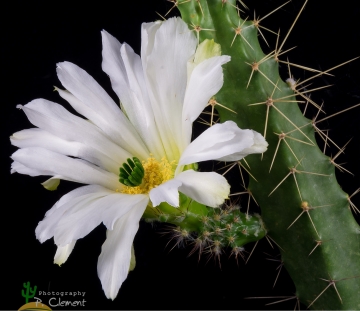
Echinocereus pentalophus var. procumbens f. albiflorus Photo by: Peiffer Clement
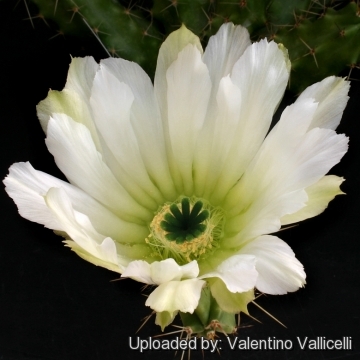
Echinocereus pentalophus var. procumbens f. albiflorus Photo by: Valentino Vallicelli
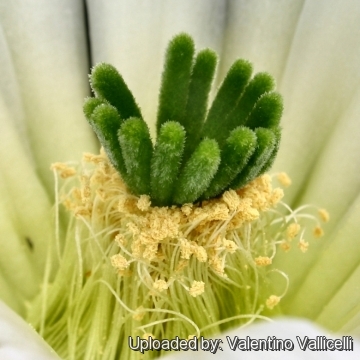
Echinocereus pentalophus var. procumbens f. albiflorus Photo by: Valentino Vallicelli
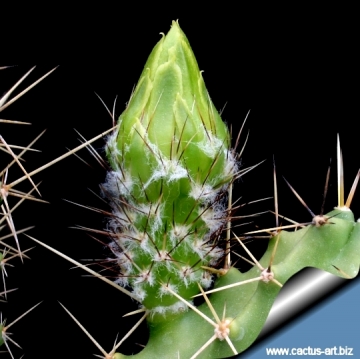
Echinocereus pentalophus var. procumbens f. albiflorus Photo by: Cactus Art
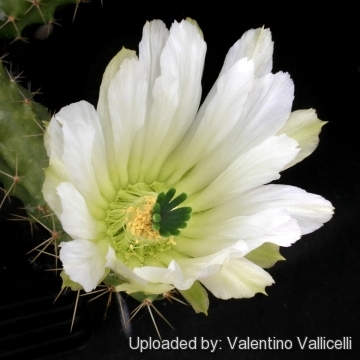
Echinocereus pentalophus var. procumbens f. albiflorus Photo by: Valentino Vallicelli
| Your Actions | |
|---|---|
| Back to Echinocereus index | |
| Back to Cactaceae index | |
 |
Back to Cacti Encyclopedia index |









